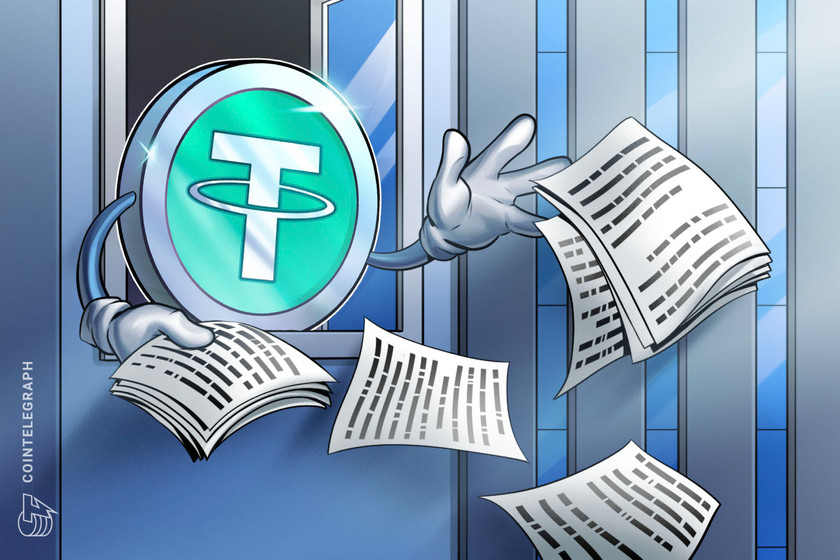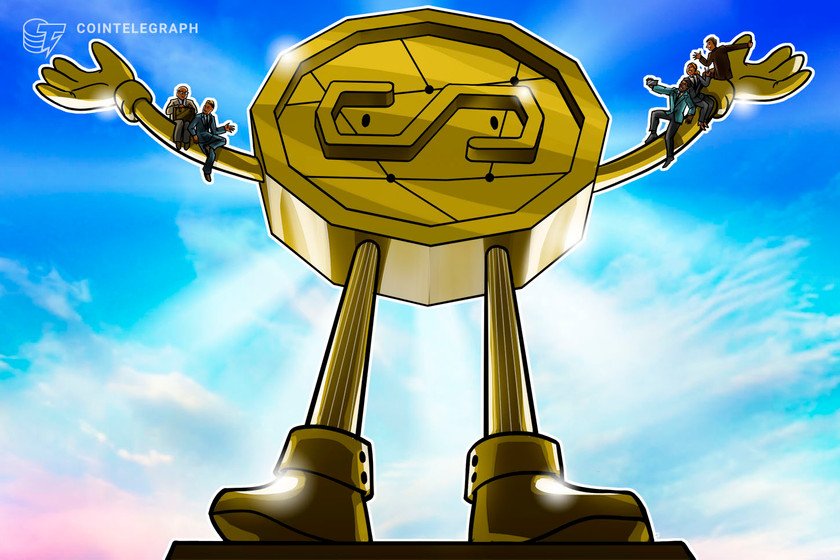Japan pushes for friendlier environment for crypto with Web3 proposals


Japan’s Web3 project team released a white paper suggesting ways to expand the country’s crypto industry to establish a welcoming atmosphere for crypto.
The Web3 project team of Japan’s ruling Liberal Democratic Party has released a white paper containing suggestions for expanding the country’s industry, which has been incorporated into the national strategy by Prime Minister Fumio Kishida’s administration.
The Web3 project team aims to bypass the usual bureaucratic processes to formulate regulatory proposals for everything from nonfungible tokens to decentralized autonomous organizations (DAOs).
In contrast to other governments seeking to implement consumer protection regulations, Japan is striving to establish a more welcoming atmosphere for cryptocurrency, as many companies have relocated to other countries due to high tax obligations.
According to the white paper, Japan must exhibit leadership during this year’s G7 summit, which will address cryptocurrency issues. The document recommends that the nation focus on the potential benefits of Web3 and establish a prominent stance on technology-agnostic and ethical innovation.
Additionally, the white paper recommends additional modifications to tax regulations, acknowledging that a notable exception for token issuers has already been granted. These include tax exemptions for companies that possess tokens issued by other firms that are not meant to be traded in the short term. It suggests enabling self-assessments and allowing investors to carry forward their losses for up to three years and proposes that cryptocurrency should only be taxed when it is converted into fiat currency.
The white paper identifies a pressing concern regarding the absence of accounting standards, which has made it challenging for Web3 enterprises to locate auditors. The document recommends that ministries and agencies assist the Japanese Institute of Certified Public Accountants in creating guidelines. Additionally, it suggests that a DAO law be established, modeled after Japan’s godo kaisha, which is comparable to a limited liability company. It also suggests modifications to the Companies Act and the Financial Instruments and Exchange Act.
Related: Japan’s FSA flags Bybit, others for operating without registration
The white paper highlights that while the screening process for tokens already in circulation is becoming shorter, the assessment of new tokens issued by foreign entities is still sluggish. It suggests that procedures should be made more transparent, enabling issuers to provide essential information for evaluation.
In 2022, Japan adopted a framework for regulating stablecoins. The new white paper emphasizes the significance of preparing the environment for stablecoin registration and creating a self-regulatory organization. It also suggests developing proposals for yen-backed stablecoins.
Magazine: Samsung’s Bitcoin ETF, $700M bust, Coinbase exits Japan: Asia Express


















